Venus of Urbino
Sunday, May 17, 2009 by Billy
Venus of Urbino by Titian (1538) Oil on canvas, 119 x 165 cm — Galleria degli Uffizi, Florence |
Portrait of a young woman (1536) Oil on canvas, 96 x 75 cm State Hermitage Museum, St. Petersburg |
Because she was not allowed to travel to Paris, I had to go to Florence, the city where she has lived for about four centuries. I am just back from a five-day vacation trip there. As you can imagine, my eyes are still full of a lot of wonderful images: paintings, frescoes, statues, by Botticelli, Giotto, Lippi, Fra Angelico, Leonardo, Michelangelo, Donatello, and so forth, displayed in many places in the city. I am going to blog about them soon, yet on my first day in Florence the main thing was: I went to the Uffizi Gallery and I have met her at last!
Even the most perfect reproduction of a work of art is lacking in one element: its presence in time and space, its unique existence at the place where it happens to be." (Walter Benjamin)In 'Little History of Photography' first, then in his famous essay The Work of Art in the Age of Mechanical Reproduction, Marxist philosopher Walter Benjamin used the word aura to describe the specificity of the work of art, which is unique, linked to a special place, and is part of history. According to him, and without going into details, mechanical reproduction of artworks by means of modern techniques such as photo and cinema frees them from place and ritual, and results in a loss of their aura. Although I don't agree with many developments of Benjamin's theories in terms of mass culture, I did feel Venus' aura in the Uffizi Gallery in a much deeper way than when I looked at her reproductions.
Thousands of pages have been written about this great painting. There have been endless commentaries and discussions about the meaning of Venus' open eyes that look directly at us, her left hand location, the bouquet in her right hand, the dog asleep at her feet, the two handmaidens in the background rummaging in what seems to be a wedding chest, the plant pot near a column on the window ledge, and many other details in the painting.
Sleeping Venus by Giorgione & Titian (1510) Oil on canvas, 108 x 175 cm — Gemäldegalerie, Dresden |
Venus by Palma Vecchio (ca 1520) Oil on canvas, 113 x 186 cm — Gemäldegalerie, Dresden |
Perhaps he knew also of the Venus by Palma Vecchio, where the nude woman, who lies in the country like in the canvas by Giorgione, gets the Venus of Urbino's wide open eyes.
Titian's Venus of Urbino in turn inspired countless painters over the centuries in one of major topics of Western Art: the reclining female nude. It includes such huge painters as Francisco de Goya and, especially, Édouard Manet when he painted Olympia, more than three hundred years later.
Venus by Lambert Sustris (1558) Oil on canvas, 116 x 186 cm — Rijksmuseum, Amsterdam |
Venus and Cupid by Johann Rottenhammer (ca 1610) Oil on canvas — Gemäldegalerie, Dresden |
La maja desnuda by Francisco Goya (1805) Oil on canvas, 87 x 190 cm — Museo del Prado, Madrid |
Olympia by Edgard Manet (1863) Oil on canvas, 130 x 190 cm — Musée d'Orsay, Paris |
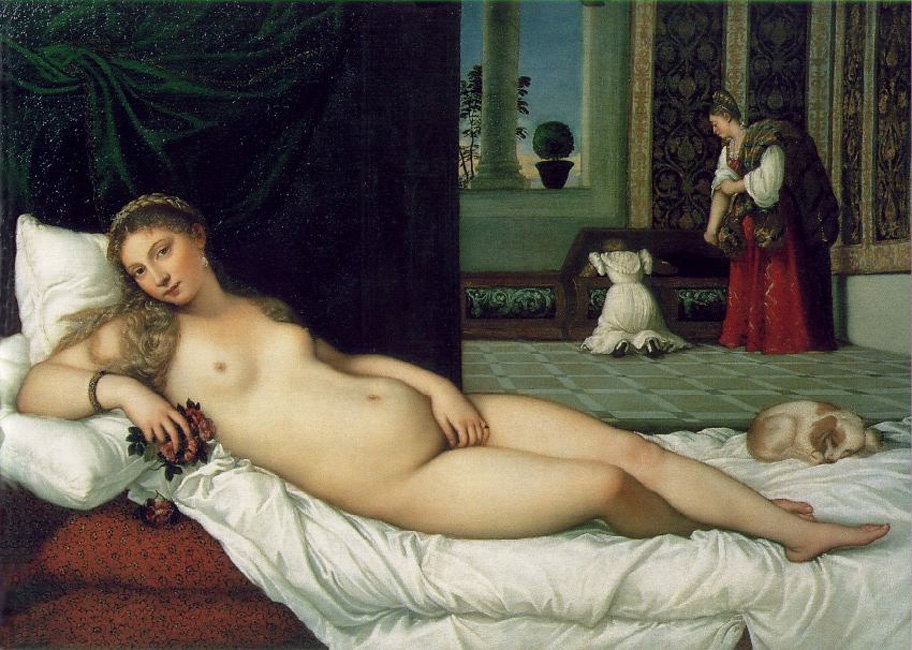
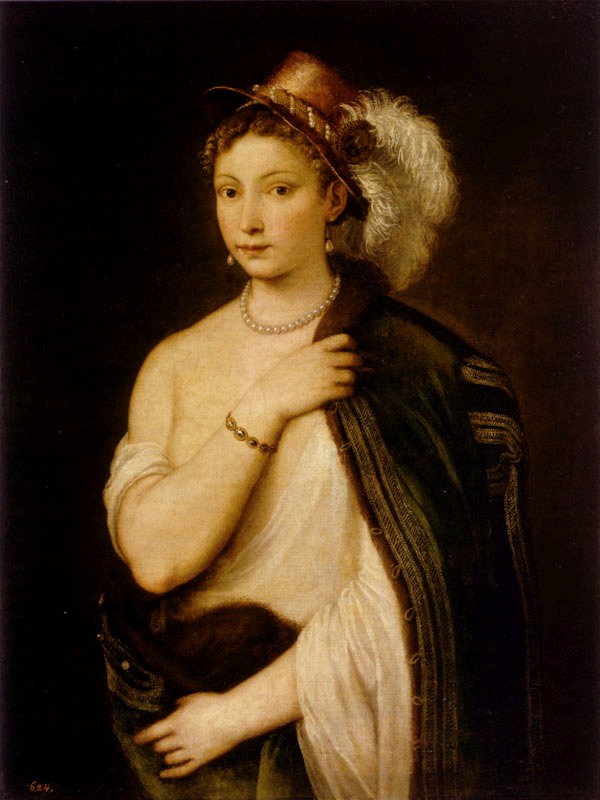
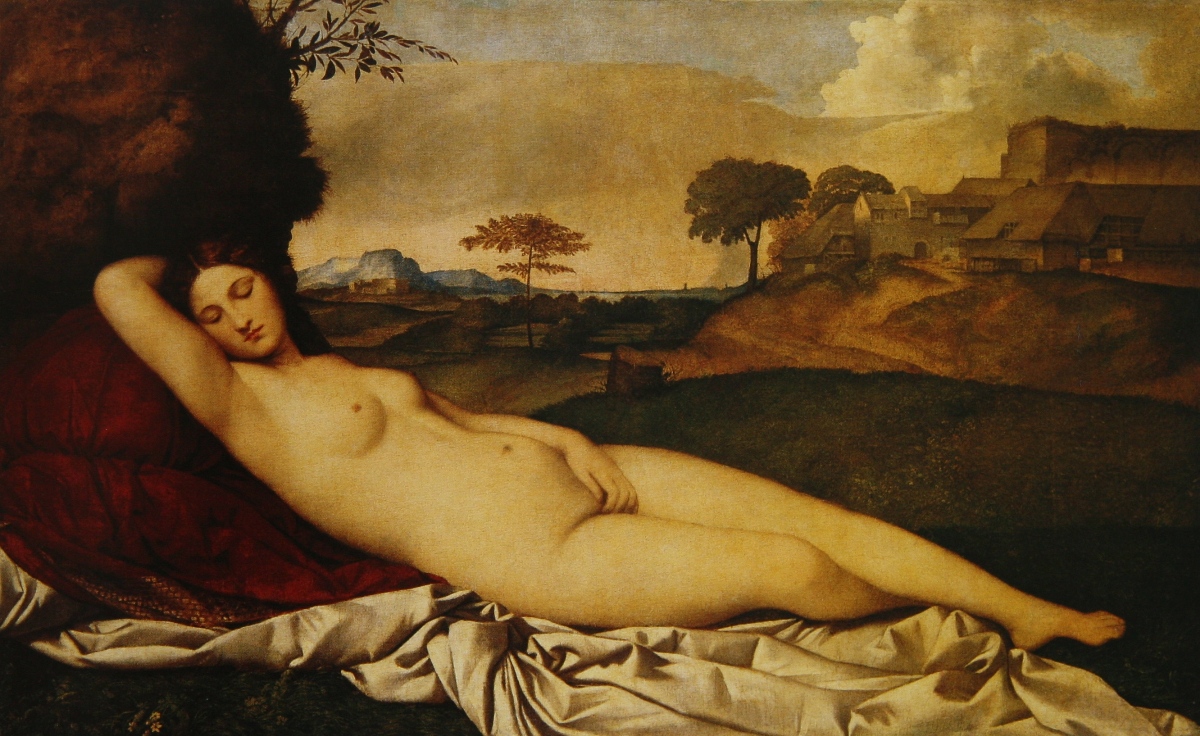
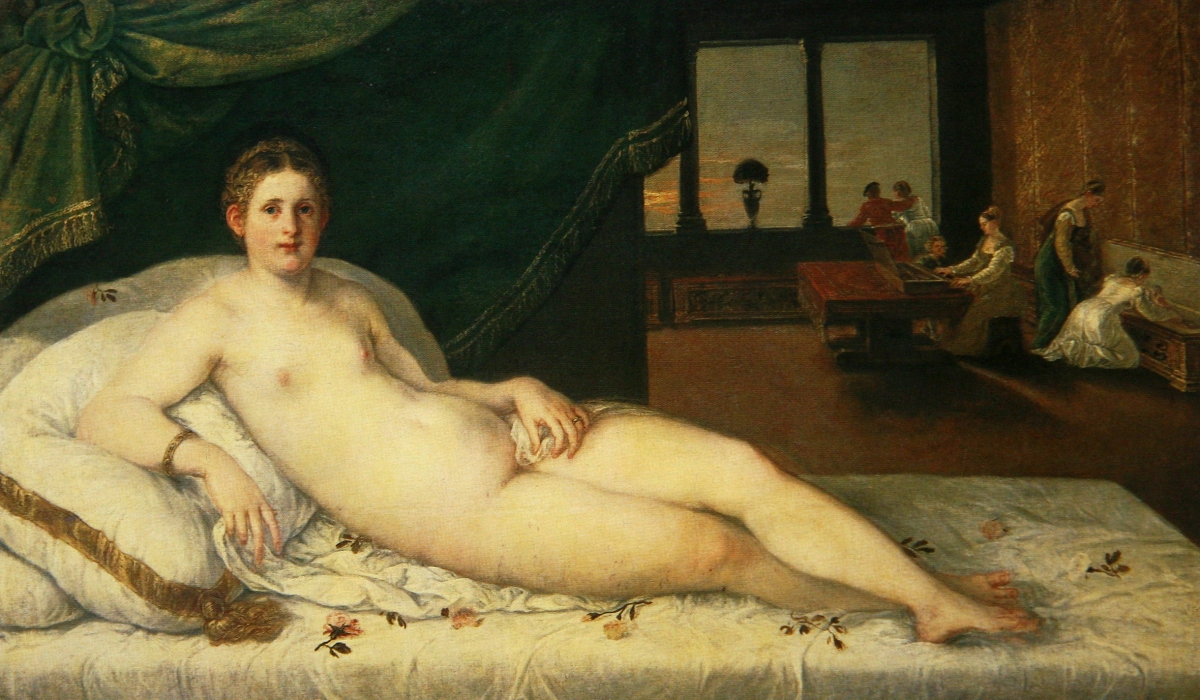
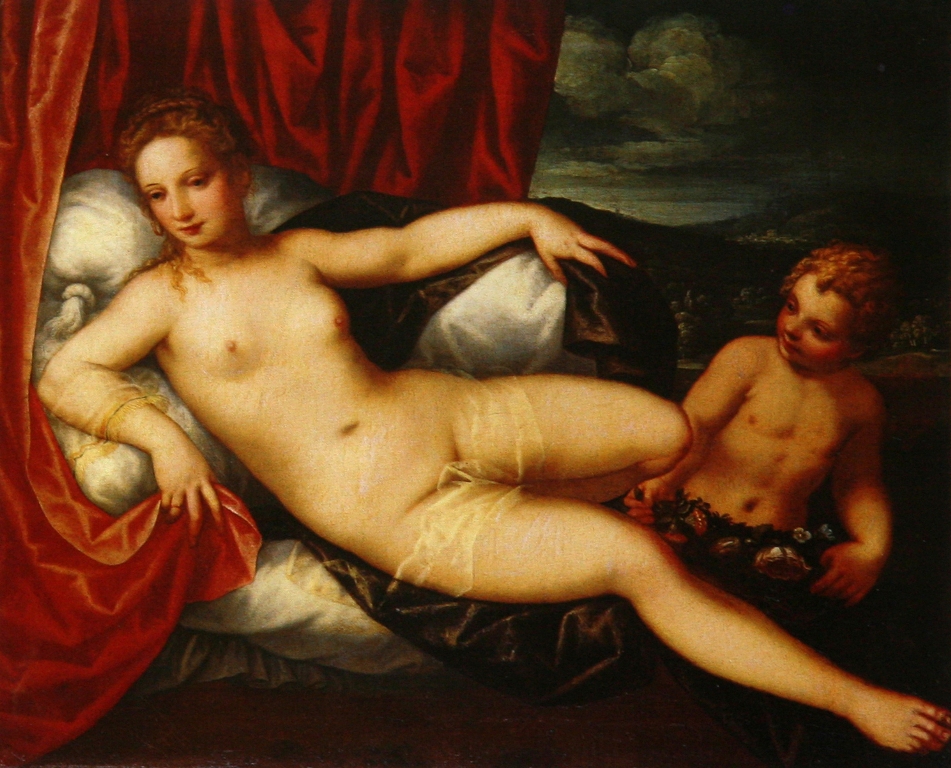
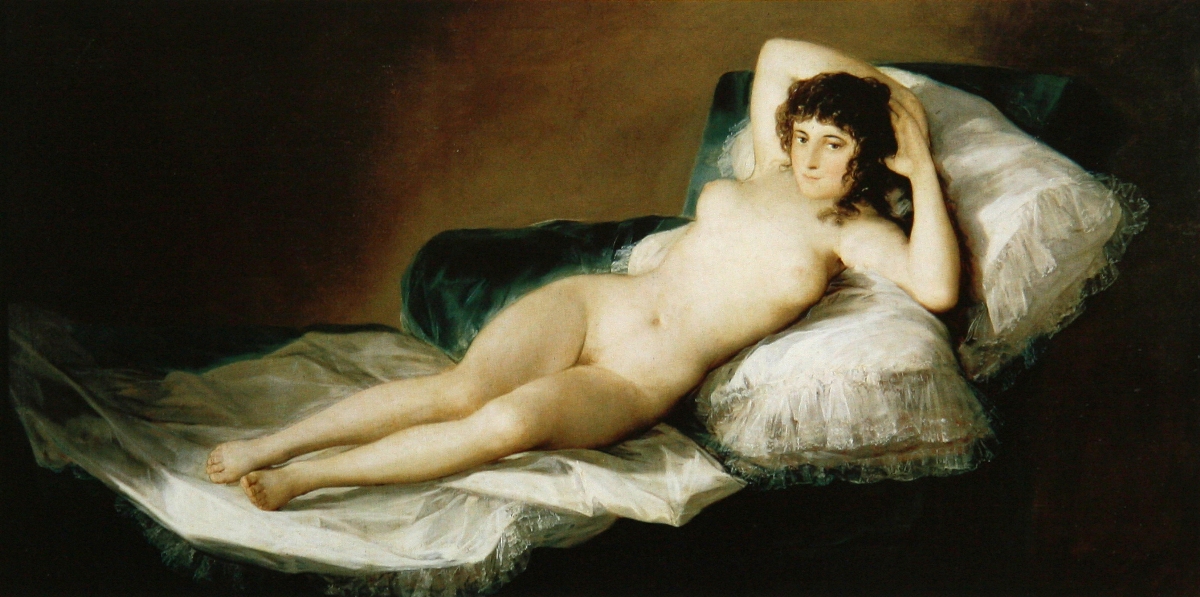

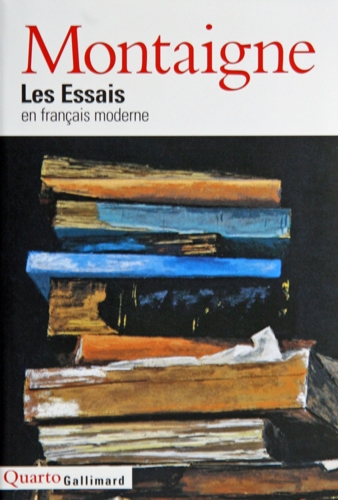

The thing that gets visitors the most about Florence is the art. Not just the quantity of great sculptures and paintings, but the quality.
And much of it to be seen for free outdoors and in the churches.
You have to love Florence.
Salute.
Ciao Marcus — I was in Florence for less than one week unfortunately. In so little time, I was a tourist only. I could not really get into the 'soul' of the city. However, as in most Italian towns and cities, I felt this special atmosphere I love, made up of lightness, joy of life, and love of beauty, beit among people, houses, food, and artworks of course. In Firenze, la Piazza della Signoria especially, with so many pieces of arts and monuments, is a stunning example of this love of beauty, the Italian way. Salute!